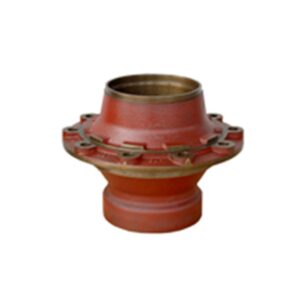
What Are the Advantages of Sand Casting?
Sand casting, despite being an ancient process, offers advantages that render it highly relevant in high-technology production. Such benefits are:
- Low cost.
- Simple tooling.
- Easy scale-up, but great for prototyping.
- Fast turnaround.
- Few design limitations, shape complexity.
- Extremely wide range of materials with few/no process changes.
- A wide spectrum of part sizes from grams to tons.
- Lower ecological footprint than most alternatives.
What Are the Disadvantages of Sand Casting?
There are various disadvantages and limitations to this casting method. These are:
- The surface finish cannot be particularly fine.
- Dimensional accuracy and repeatability can be variable.
- Contaminated sand waste represents a disposal issue.
- Patterns can degrade as production scales.
- Cooling rates are uncontrolled, so there is often variability in microstructure anisotropy.
- Complex sand cores for internal spaces can be hard to handle.
- Non-automated production requires skilled labor.
- Automated production can require moderate to high costs to establish.
- Some processes offer low sand reusability and difficulty in restoring the sand condition.





